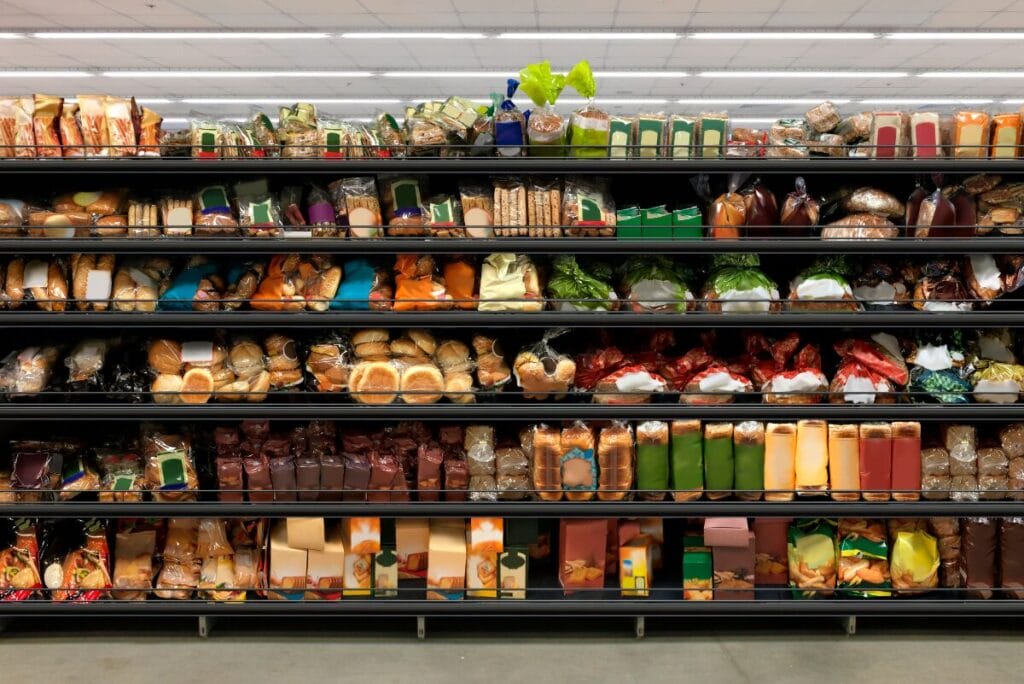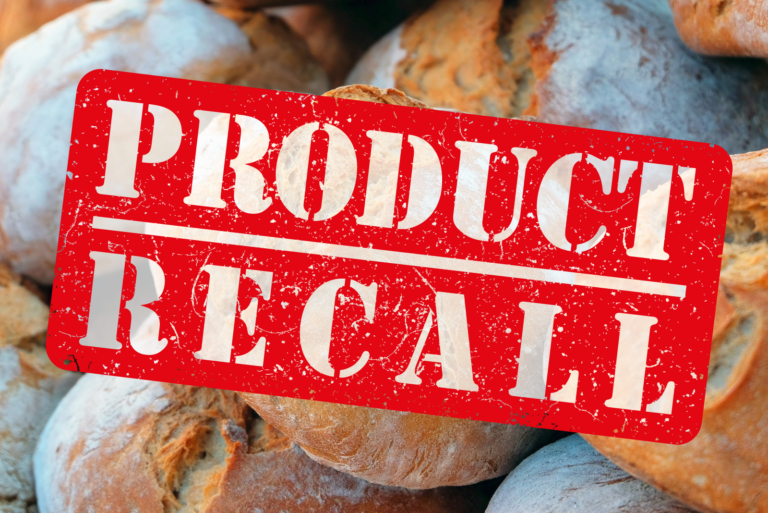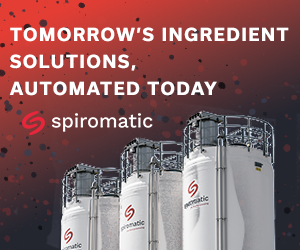Contact Freddie Schlesinger, senior VP, Crisis Management & Product Recall, at freddie.schlesinger@lockton.com, or Ryan Brennan, AVP, Producer, at ryan.brennan@lockton.com.
KANSAS CITY, MO — In early February, the FDA upgraded to Class II the voluntary recall of approximately 2 million baked goods produced by FGF Brands. The designation applies to products that could cause “temporary or medically reversible adverse health consequences” or that have a remote possibility of leading to “serious adverse health consequences.” The cause of the recall was potential contamination from Listeria monocytogenes, a type of disease-causing bacteria.










